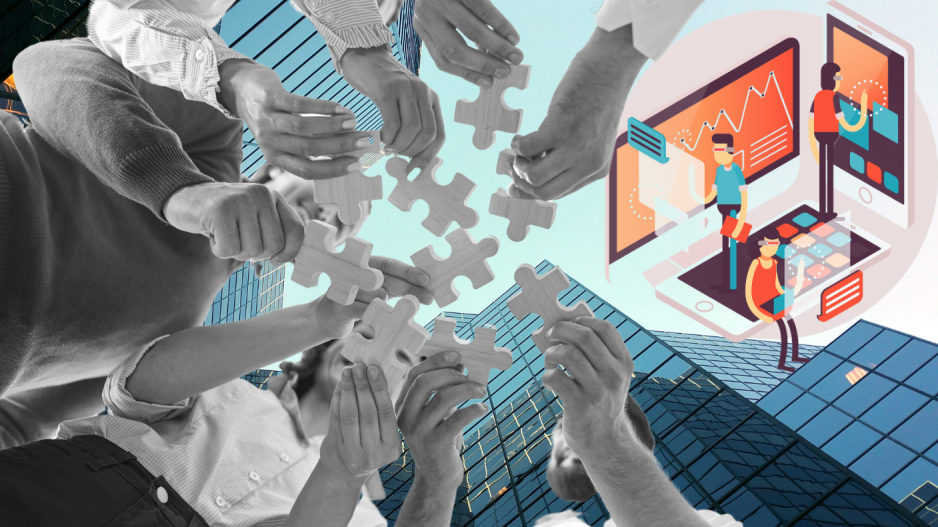The Impact of Gamification on Workplace Training and Development
In the ever-changing landscape of professional development, organizations are constantly looking for innovative approaches to enhance employee training and engagement. One such powerful strategy that has gained significant traction is gamification. By incorporating design elements and game mechanics into workplace training programs, gamification has revolutionized traditional learning methods, making them more immersive, interactive, and effective. But what does gamification involve?
Learning Experiences Gamification, at its core, involves leveraging game design principles to motivate and engage learners. By incorporating game elements such as points, levels, badges, leaderboards, and challenges into learning activities, organizations can turn everyday tasks into engaging and interactive experiences. These elements tap into the innate human desire for achievement, competition, and rewards, creating a sense of progress and accomplishment within the learning process.

One of the main benefits of incorporating gamification into workplace training is its ability to boost employee motivation and engagement. Traditional training methods often struggle to maintain the interest of learners over time, leading to low engagement and suboptimal learning outcomes. Gamification addresses this challenge by making the learning process enjoyable and rewarding. As employees embark on a learning journey full of challenges, achievements, and clear goals, they become more motivated to actively participate and advance their skills.
Gamification goes beyond simply engaging learners—it also facilitates effective skill acquisition and retention. By providing immediate feedback, allowing for trial and error, and offering opportunities to apply knowledge to the real world, gamified training allows employees to practice and strengthen their newly acquired skills in a safe and immersive environment. This hands-on approach promotes deeper learning, better retention of information, and the development of practical expertise.
Collaboration and social interaction play a vital role in the learning process. Gamification capitalizes on these aspects by incorporating features that encourage collaboration between employees. Through team challenges, collaborative missions, or leaderboards, gamified education fosters a sense of camaraderie and healthy competition, promoting peer learning and knowledge sharing. This collaborative environment not only improves learning outcomes but also fosters a sense of community and engagement in the workforce.
Each employee has unique learning preferences, strengths, and areas for improvement. Gamification offers the flexibility to create personalized learning paths that meet individual needs. Through adaptive game mechanics, employees can navigate their learning journey at their own pace, focusing on areas that require more attention while being rewarded for their progress. This customization empowers employees to take ownership of their own learning, resulting in higher levels of engagement and a more customized learning experience.






